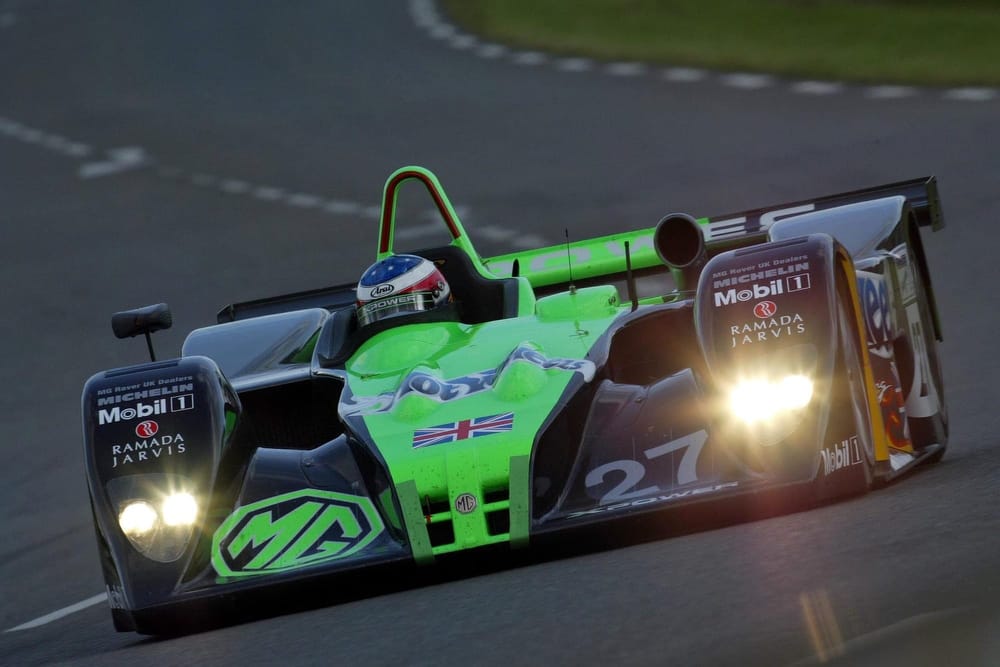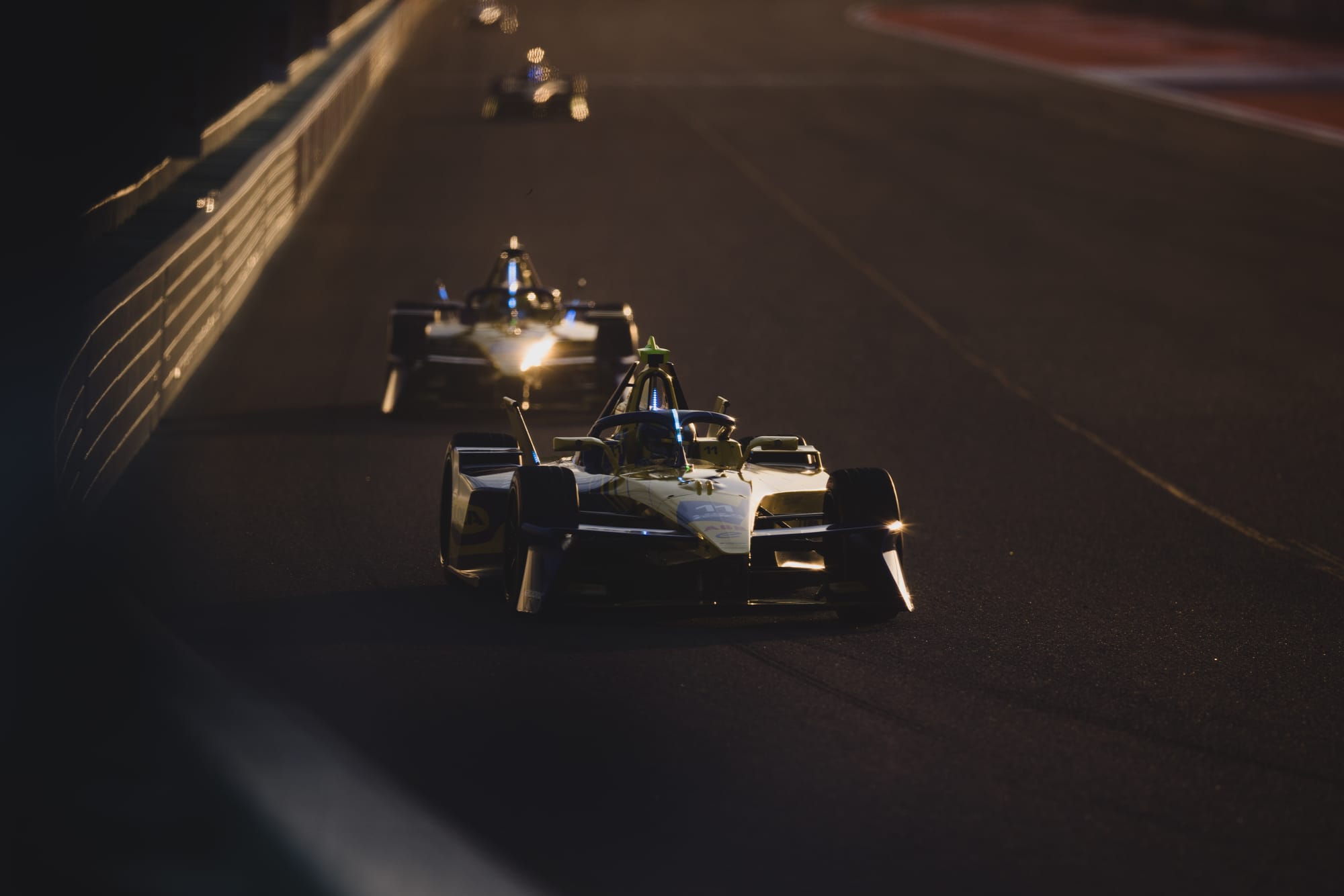Endurance racing is on a roll, and it doesn't look like it's slowing down anytime soon.
Next year, the number of manufacturers competing in the World Endurance Championship's Hypercar class will increase to nine, and even to 11 in 2027 with the arrival of Ford and McLaren (assuming none of the current players drop out before then).
But one of the beauties of endurance racing is the mix of categories. Following the introduction of the Hypercar in 2021 and the LMGT3 in 2024, it is now LMP2 that is undergoing a transformation.
A few weeks ago, the FIA and the Automobile Club de l'Ouest launched a tender to select the manufacturers eligible between 2028 and 2032.
Two tenders have been issued: one for the engine another for the chassis. And the exciting news is that Lola, a brand well known to endurance racing fans, which last appeared at the Le Mans 24 Hours in 2013, has expressed interest in the tender.
What will the new LMP2 look like?
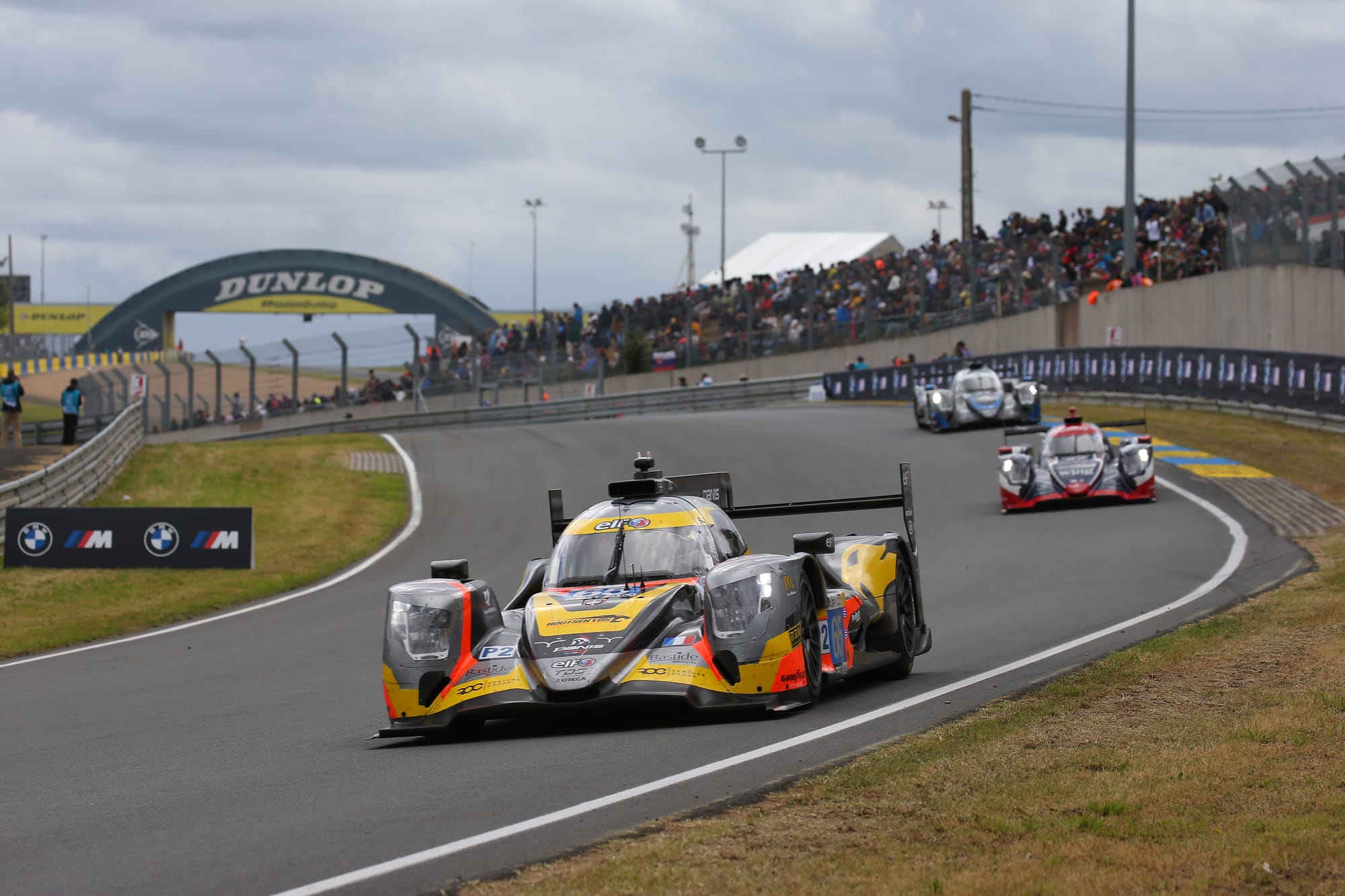
The LMP2 category, as it exists today, is in its ninth season of competition. Initially featuring four cars - the Riley Mk30, Dallara P217, Ligier JS P217 and Oreca 07 - it quickly turned into a one-make class due to the overwhelming superiority of the Oreca 07.
What will happen in 2028? First, the future LMP2 cars will have no connection with the LMDh.
To reduce costs, the ACO and the FIA have forced Hypercar manufacturers who have opted for the LMDh technical regulations to base their cars on one of the four LMP2 chassis, namely Dallara (BMW and Cadillac), Ligier (Lamborghini), Multimatic (Porsche) or Oreca (Acura, Alpine and Genesis).
However, for various reasons related to timing, budget and technical issues, this plan will not move forward, and LMDh and LMP2 chassis will be separated. The governing bodies have decided to completely revise the concept, especially as LMP2 cars have been excluded from the WEC championship since 2024 and are now limited to the IMSA SportsCar Championship, the European Le Mans Series, the Asian Le Mans Series, and of course the Le Mans 24 Hours, which reserves around 15 spots for them each year.
So, from 2028, there will no longer be four but only two manufacturers accepted in LMP2, with a single engine, preferably turbocharged, weighing a maximum of 160kg, capable of delivering 420bhp and with a BSFC (brake-specific fuel consumption) of less than 250g/kWh. The car will feature a closed cockpit with a central driving position, weigh 980kg, with a 315km/h (196mph) top speed. The cost is capped at €450,000. If a performance gap is detected, the slower of the two will be assisted via a kind of Balance of Performance.
What Lola looks like now
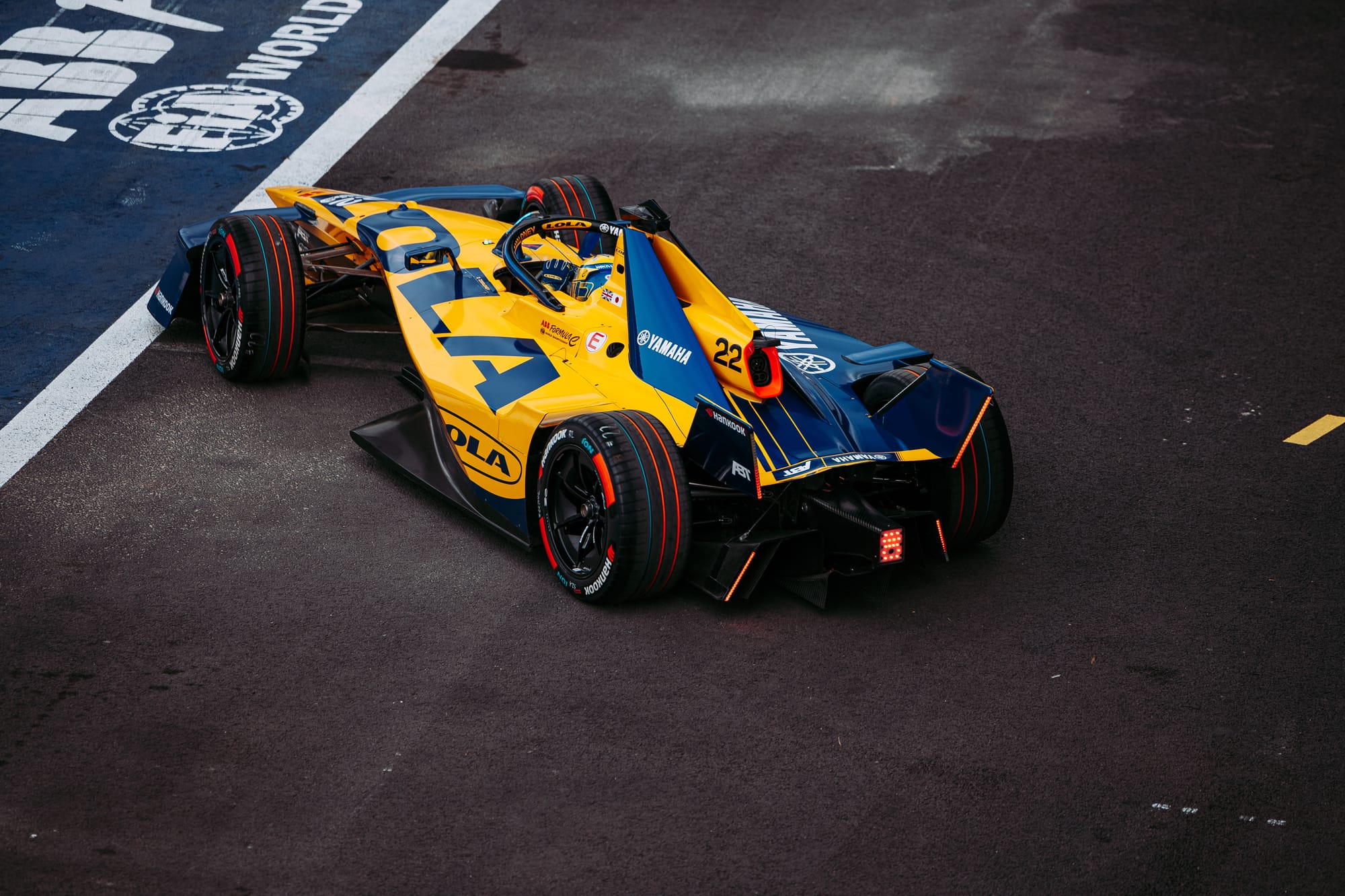
After facing major difficulties, Lola Cars was saved in June 2022 by Till Bechtolsheimer, an amateur driver and founder of New York-based investment firm Arosa Capital, which specialises in energy, energy efficiency and renewables, including emerging technologies in the transport and automotive space.
"I have had a lifelong passion for motorsport and, like most motorsport fans, have always loved the Lola brand," Bechtolsheimer said at the time.
"What both Eric Broadley [Lola founder] and Martin Birrane [previous owner] achieved with Lola is awe-inspiring. It is a daunting but exciting prospect to try and rebuild Lola in their footsteps and do justice to their legacy.
"Our plan is to re-establish Lola as a leading design and engineering force in modern motorsport. I firmly believe that our biggest asset is the Lola name and what it means to so many in the motorsport industry, it will help us to attract great talent and form lasting partnerships."
Surprisingly, it is through Formula E and a partnership with Yamaha and Abt that Lola has returned to racing this season. Driving for the team are ex-Formula 1 driver and 2017-18 Formula E champion Lucas di Grassi and Zane Maloney, the 2022 Formula 3 runner-up and Formula 2 race winner.
Lola is 10th in the teams' championship with 18 points, following Di Grassi's second place in the Miami E-Prix last month.
But there is no question of stopping there. "My father would be delighted to see Lola back in competitive motorsport and especially back at Le Mans," added Amanda Birrane, chairwoman of Peer Group plc, the Birrane family property company based in London, speaking in June 2022. That statement did not fall on deaf ears...
LMP2 2028: A golden opportunity
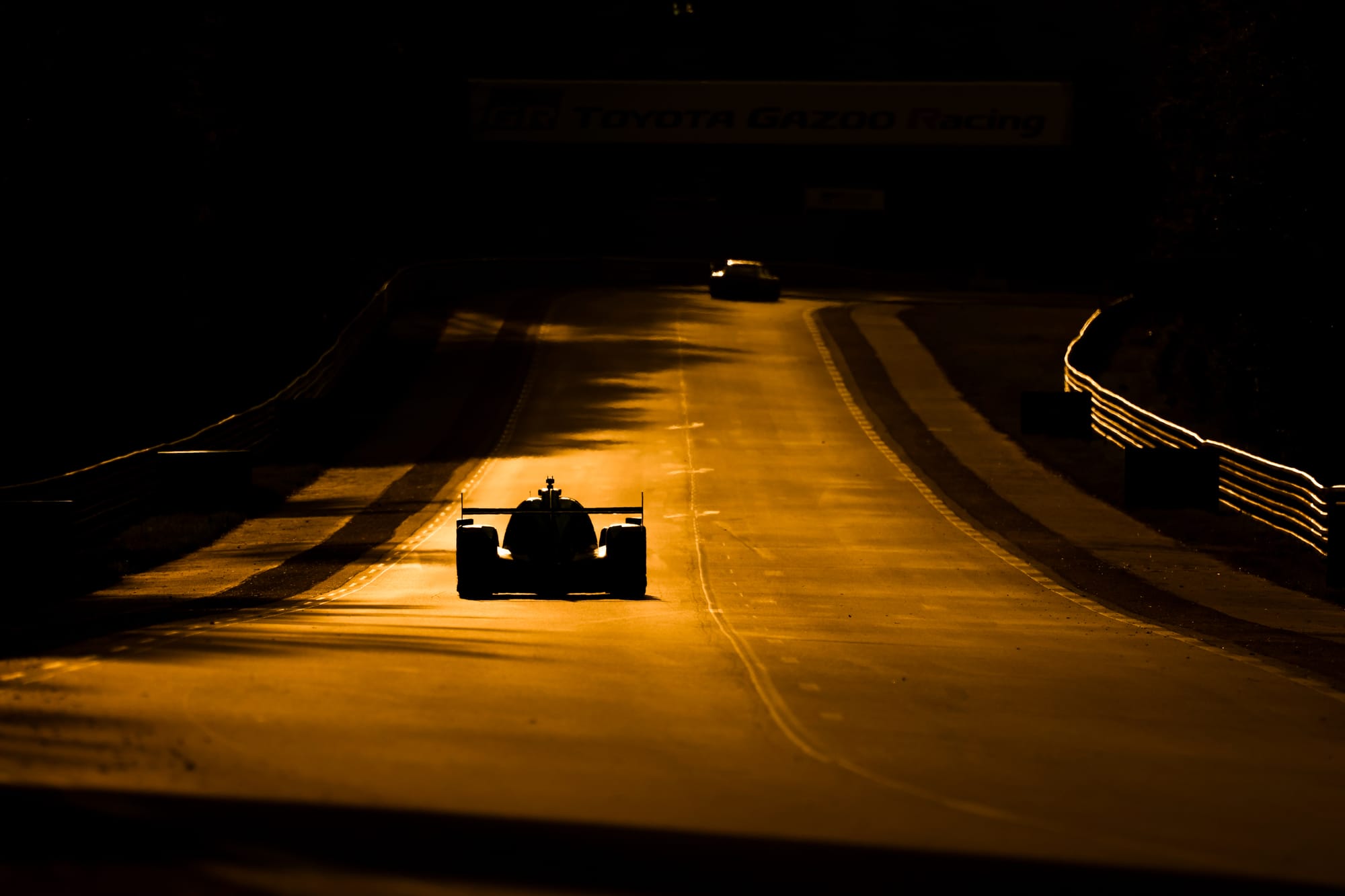
Founded in 1958 by Eric Broadley, Lola entered F1 as early as 1962. Its last competitive appearance in grand prix racing was in 1993 with BMS Scuderia Italia, but that was never where it shined brightest.
In 1966, Lola became the second British company to win the Indianapolis 500 with Graham Hill's T90. This victory was followed by two more wins, in 1978 with Al Unser Sr and in 1990 with Arie Luyendyk. After being bought by Martin Birrane in 1997, Lola returned to the forefront of American racing in CART and Champ Car. But it was also active in F3 and A1GP (below).
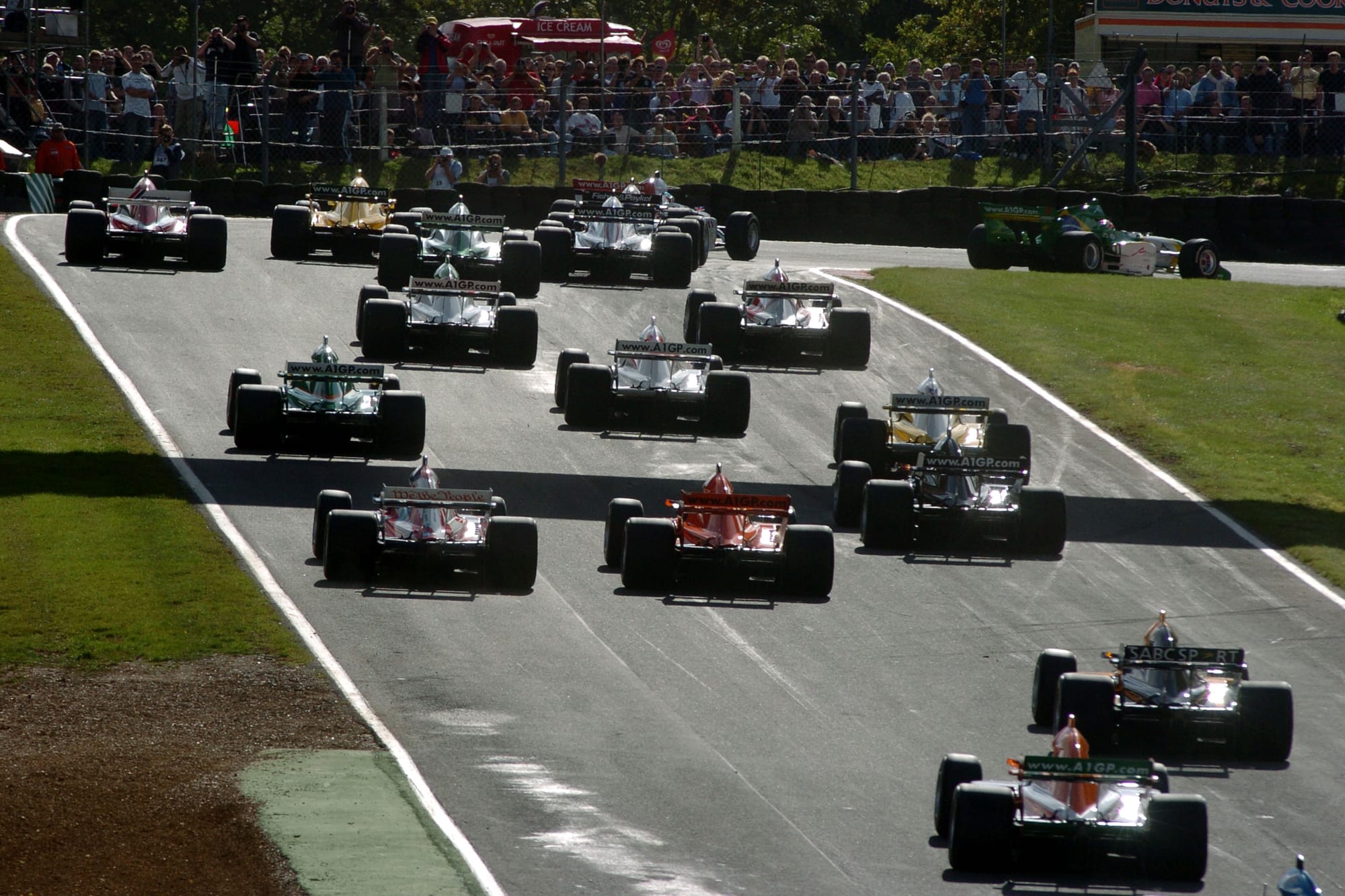
But perhaps Lola is best known in endurance racing, particularly thanks to the legendary T70 from the 1960s and 1970s.
This T70 won the 1969 Daytona 24 Hours thanks to Team Penske and its duo Mark Donohue and Chuck Parsons.
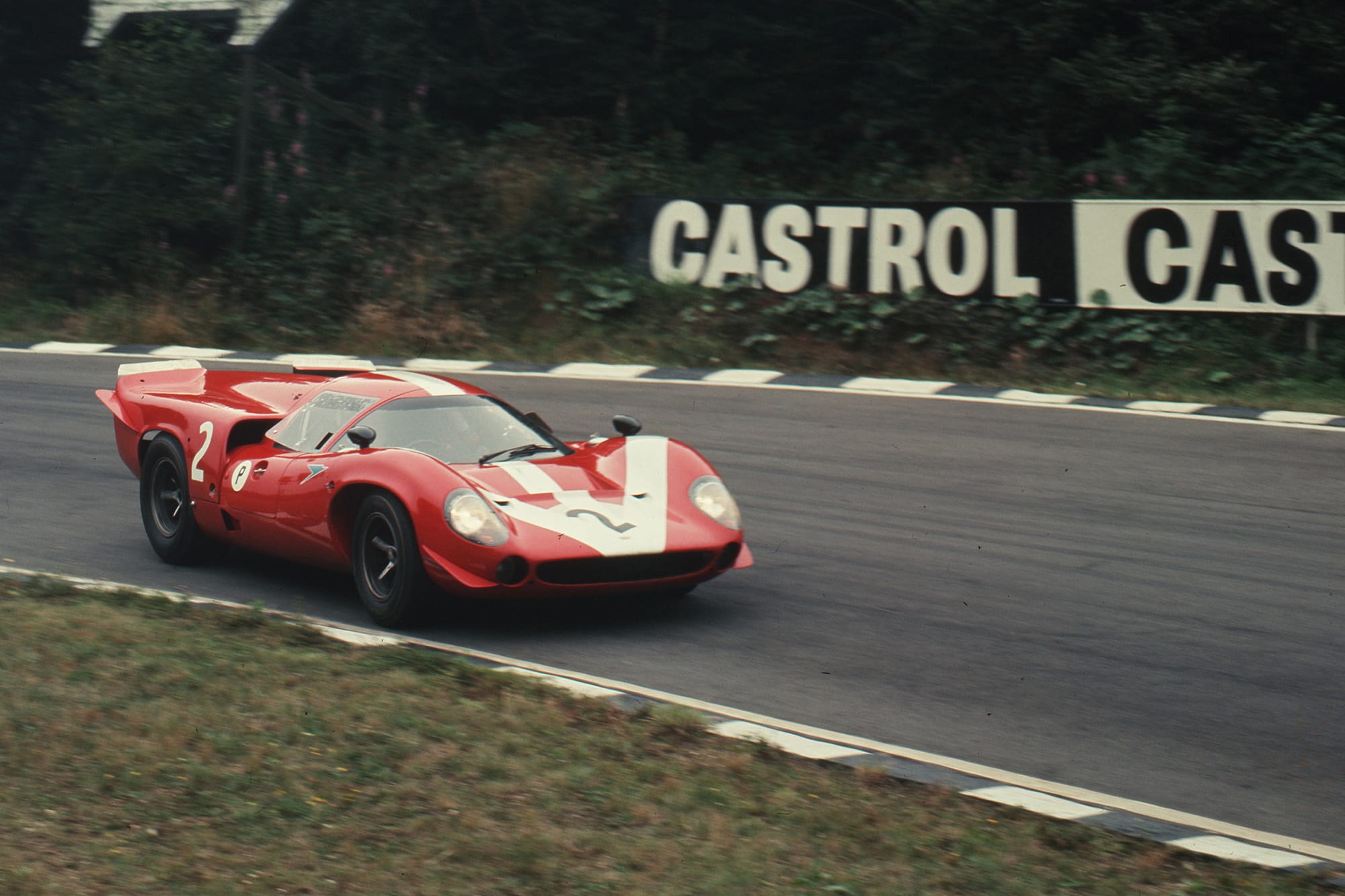
In the top class, notable entries also include the Lola B08/60 and B09/60 (renamed Lola-Aston Martin), which finished fourth at the 2009 Le Mans 24 Hours, and the B10/60 and B12/60 fielded by Rebellion Racing, which also took fourth at Le Mans in 2012. But Lola achieved its best overall result in 1976, when it came third in the Lola T380 entered by Alain de Cadenet.
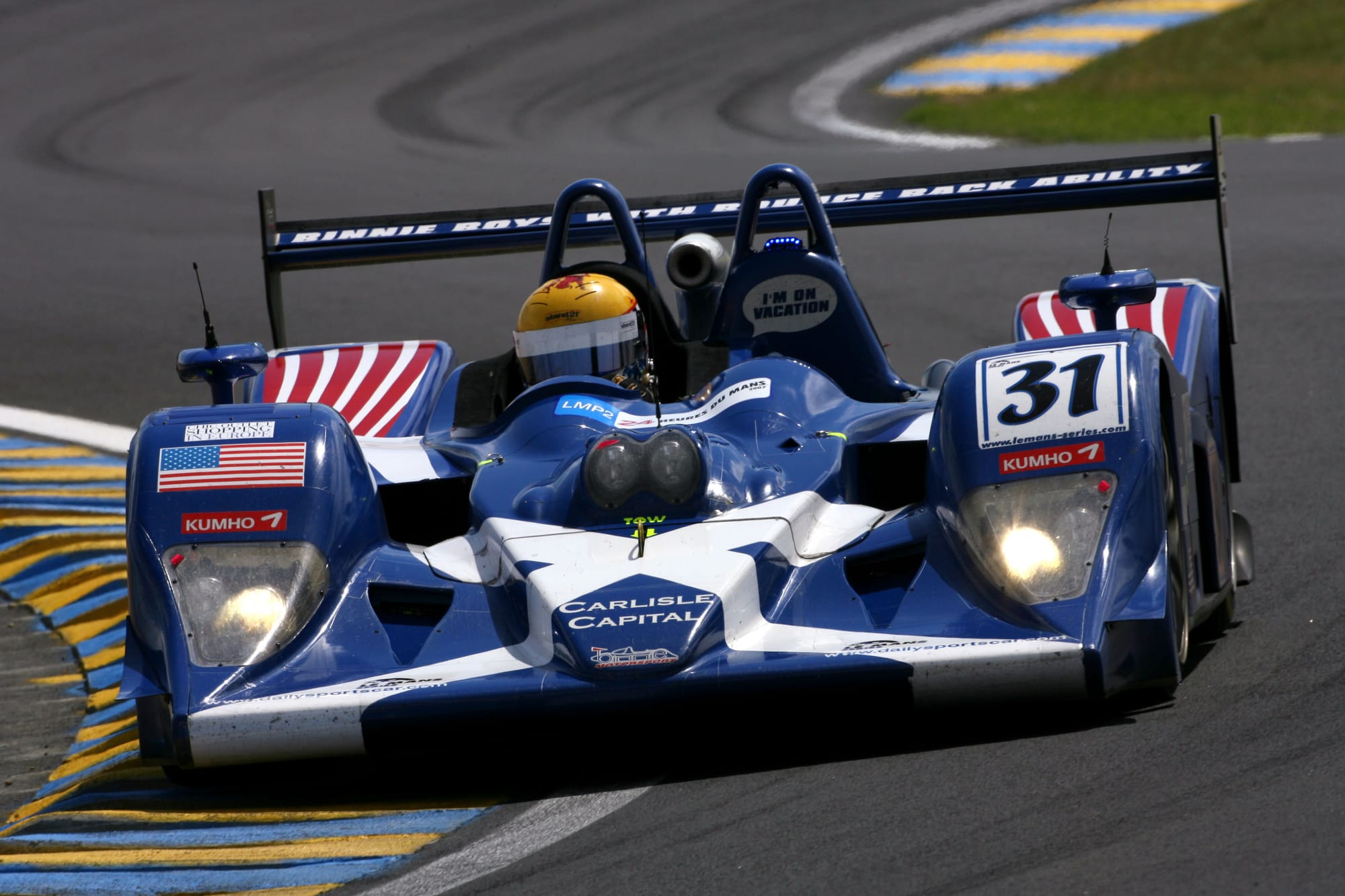
But above all, during the Birrane era, Lola became one of the most prolific brands in the LM P675 / LMP2 category at Le Mans, winning five times between 2000 and 2007 with the B2K40, the MG-Lola EX264 (B05/40), and the B05/42. An epic journey that reminded some fans of the T216's victory in the C2 class in 1984. Could that legacy be revived two decades later?
Based in Silverstone, Lola Cars ensures that, in addition to advanced vehicle simulation and testing, its state-of-the-art workshop facility is capable of supporting the design and development of racing chassis.
Today, Lola Cars cannot reasonably claim a place in the Hypercar category. However, as mentioned above, its legacy wasn't written only in the top class. And the reworking of LMP2 in 2028 seems like the perfect opportunity.
"Taking Lola back to Le Mans would be a dream for me," said Bechtolsheimer when he took over the company.
And the good news is that although we have not been able to obtain official confirmation, The Race understands that Lola intends to respond to the 2028-32 LMP2 chassis tender.
Who else is in contention?
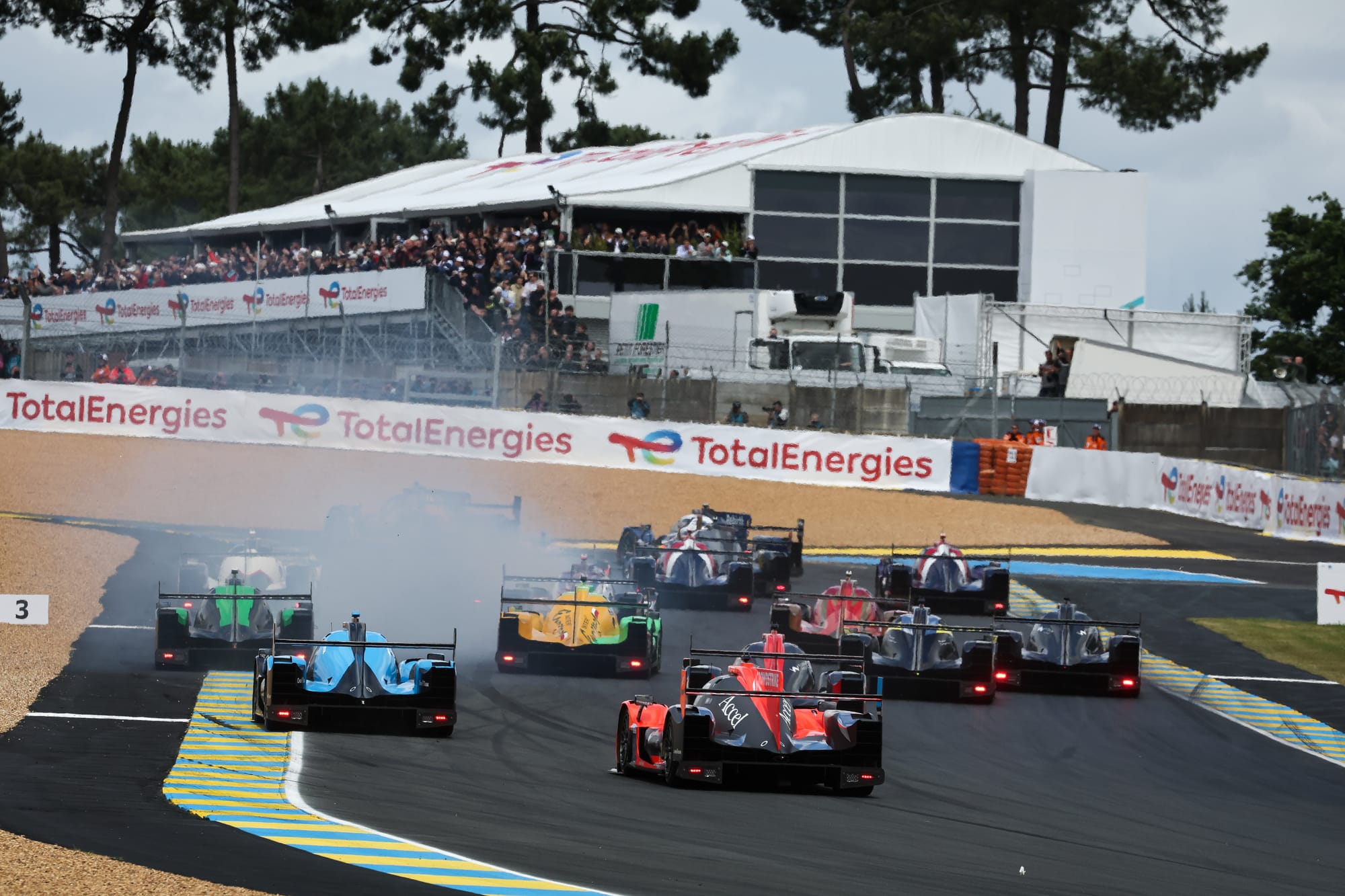
The task won't be easy, as at least four other companies are expected to bid for the LMP2 chassis tender - some with far more recent experience in prototype racing than Lola. These include Ligier, Oreca, and Dallara.
However, not all are convinced of the return on investment or the viability of the tender. In fact, most of them had advocated for a one-make class. Dallara is sceptical on many fronts, and Multimatic, as of this writing, had yet to decide whether to submit a proposal. Tatuus, better known for its single-seater expertise, is also reportedly in the running.
On the engine side, likely candidates include Gibson Technology - currently supplying LMP2 engines - though the inclusion of all of the electronic systems in the tender means the British company would need to partner with an electronics specialist. Autotecnica is also said to be interested; it already has a turbocharged V6 engine meeting FIA and ACO specs and is behind the Lamborghini SC63's twin-turbo V8.
The deadline for responding to the engine tender has been set for May 7, and the chassis tender for May 9. Afterwards, we will have to wait until June 13 to find out the decision of the ACO and the FIA and whether Lola Cars will make its return to endurance racing in 2028.


